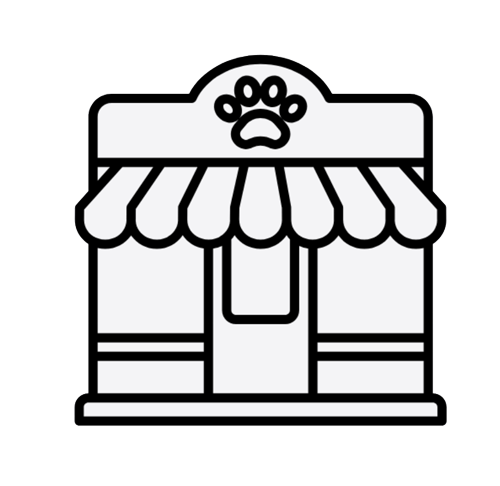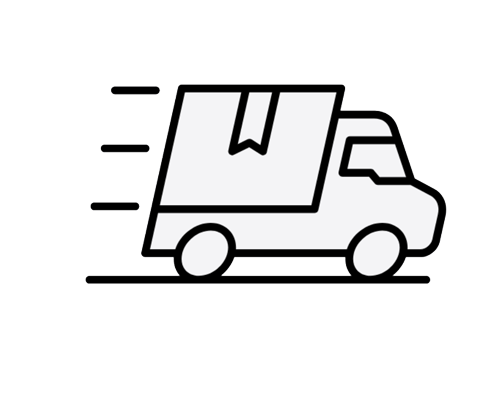Fussy Canine Eaters
Picky eating is a common concern among dog owners, especially with puppies from mass breeding facilities. Stress during pregnancy and weaning, poor maternal health, nutritional deficiencies, or compromised gut health can all contribute to fussy eating and digestive issues.
But don’t worry—there are practical steps you can take to help your dog enjoy mealtime again.
Rule Out Medical Causes First
Before addressing behaviour or diet, always check with your veterinarian. Eating reluctance may signal pain or illness. Ask your vet to assess for:
• Issues with the oesophagus or digestive tract
• Dental disease or oral abscesses
• Chronic pain conditions
• Gut health imbalances or infections
Once health concerns are ruled out, you can move forward confidently.
Food Type & Variety Matter
Species-appropriate diet
Dogs are not “carbivores.” Highly processed, carb-heavy foods loaded with additives and preservatives don’t serve them well. Instead, they thrive on raw or lightly cooked fresh whole foods, rich in essential macro- and micronutrients for their life stage.
If preparing meals at home, be mindful: meat, rice, and vegetables alone are not nutritionally complete. Consider working with a nutritionist or exploring reputable pre-prepared fresh or raw food options.
Offer variety
Would you enjoy eating the same thing every day? Neither does your dog. Rotating proteins, textures, and food types keeps meals exciting and supports a diverse gut microbiome—critical for strong immunity.
• Include both red and white meats
• Experiment with different textures, aromas, and temperatures
• Avoid overcooking (which depletes nutrients) and ensure food isn’t too hot
👉 For inspiration, check out our downloadable Fresh Foods Guide.
Avoid Free-Feeding
Leaving food available all day (especially kibble) can encourage fussiness. Imagine living with an endless buffet—you’d lose enthusiasm for meals too!
• Puppies: 3–4 small meals daily, reducing to 2 as they mature.
• Adults: 1–2 meals per day.
If your dog consistently leaves food, reduce portion sizes. Adjust quantities as they grow and age.
Work With Your Dog’s Natural Rhythm
Dogs are often less hungry in the morning and more interested in food after dusk. Use this to your advantage:
• Serve favourite meals in the morning
• Introduce new or less-loved foods in the evening
The Eating Environment
The how and where of feeding can be just as important as the what.
• Bowls: Ditch plastic—it’s unhygienic and potentially toxic. Experiment with stainless steel, ceramic, glass, or even flat plates.
• Location: Choose a quiet, safe space free from household chaos or competition from other pets.
• Enrichment: Some dogs prefer food served on a lickimat, in puzzle feeders, hidden in boxes, or scattered for foraging. Others enjoy eating during gentle outdoor exploration.
Rethink Rituals
Contrary to popular advice, dogs don’t need to sit before eating. If the command causes stress or confusion, it can make meals less enjoyable. As long as your dog is calm and polite around food, rigid rituals aren’t necessary.
Social Eating
Many dogs feel more comfortable eating in company—whether that’s alongside humans or other dogs. Experiment to see if your pup prefers companionship at mealtime.
Stay Flexible
Even once you find foods your dog loves, avoid the “set and forget” trap. Preferences can change, and occasional refusals don’t always mean dislike. Keep rotating and reintroducing foods and maintaining variety.
Special Considerations
• Climate: Breeds suited to cold climates (e.g., Huskies, Malamutes) may eat less in hot or humid weather. Consider climate adaptations such as air conditioning.
• Hormones: Bitches in heat and males near a female in heat may lose appetite temporarily.
Final Thought: Keep It Stress-Free
Above all, avoid stressing about picky eating. Dogs are highly attuned to our emotions. A calm, patient approach makes mealtime more enjoyable for both of you.
✨ With the right balance of medical checks, dietary variety, feeding routines, and environment tweaks, even the fussiest eaters can learn to love their meals again.








